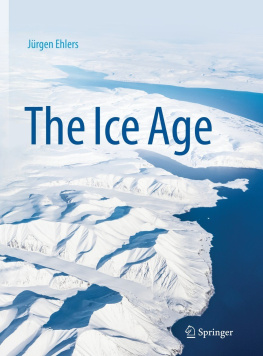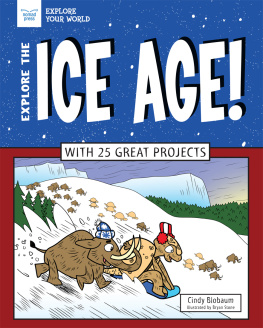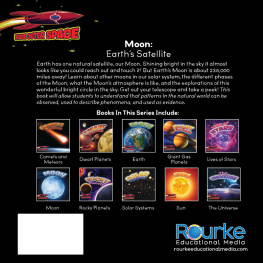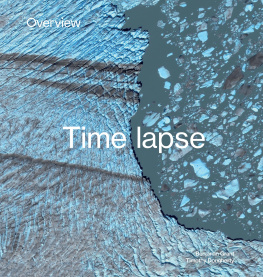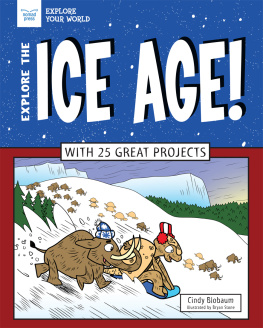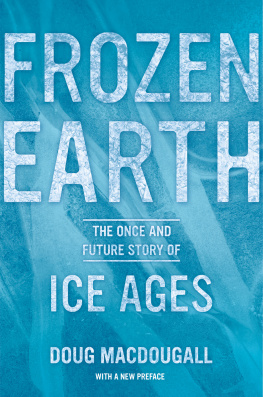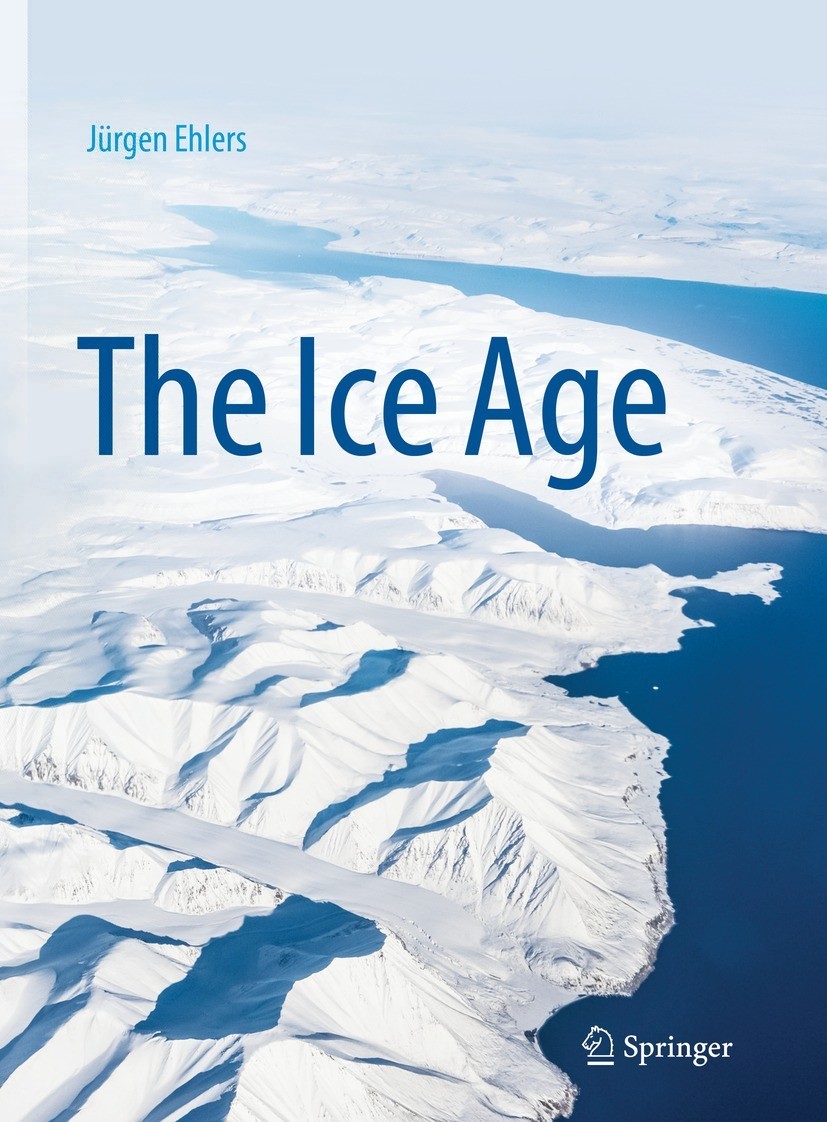Jürgen Ehlers - The Ice Age
Here you can read online Jürgen Ehlers - The Ice Age full text of the book (entire story) in english for free. Download pdf and epub, get meaning, cover and reviews about this ebook. City: Berlin, year: 2022, publisher: Springer, genre: Science. Description of the work, (preface) as well as reviews are available. Best literature library LitArk.com created for fans of good reading and offers a wide selection of genres:
Romance novel
Science fiction
Adventure
Detective
Science
History
Home and family
Prose
Art
Politics
Computer
Non-fiction
Religion
Business
Children
Humor
Choose a favorite category and find really read worthwhile books. Enjoy immersion in the world of imagination, feel the emotions of the characters or learn something new for yourself, make an fascinating discovery.
- Book:The Ice Age
- Author:
- Publisher:Springer
- Genre:
- Year:2022
- City:Berlin
- Rating:5 / 5
- Favourites:Add to favourites
- Your mark:
The Ice Age: summary, description and annotation
We offer to read an annotation, description, summary or preface (depends on what the author of the book "The Ice Age" wrote himself). If you haven't found the necessary information about the book — write in the comments, we will try to find it.
Nothing new from the Ice Age? Far from it! Barely ten years have passed since the first edition of this book was published, but in that time researchers around the world have developed new methods and published their findings in scientific journals. Consequently, ideas about the course of the Ice Age have changed dramatically. The sequence of the individual ice advances, the direction of ice movement and the direction of meltwater drainage are only partially known, but they can be reconstructed. This book offers in-depth information about the state of the investigations.
Ice ages are the periods of the earths history in which at least one polar region is glaciated or covered by sea ice. Thus, we are currently living in an Ice Age. The present Ice Age is also the period in which humans started to intervene in the shaping of the earth. The results are obvious. Aerial and satellite images can be used to trace the melting of glaciers, but also the decay of the Arctic permafrost, and the clearing of the Brazilian rainforest.
This book is a translation of the original German 2nd edition Das Eiszeitalter by Juergen Ehlers, published by Springer-Verlag GmbH Germany, part of Springer Nature, in 2020. The translation was done with the help of artificial intelligence (machine translation by DeepL.com). A subsequent human revision was done primarily in terms of content, so that the book will read stylistically differently from a conventional translation. Springer Nature works continuously to further the development of tools for the production of books and promotes technologies to support the authors.
Jürgen Ehlers: author's other books
Who wrote The Ice Age? Find out the surname, the name of the author of the book and a list of all author's works by series.

